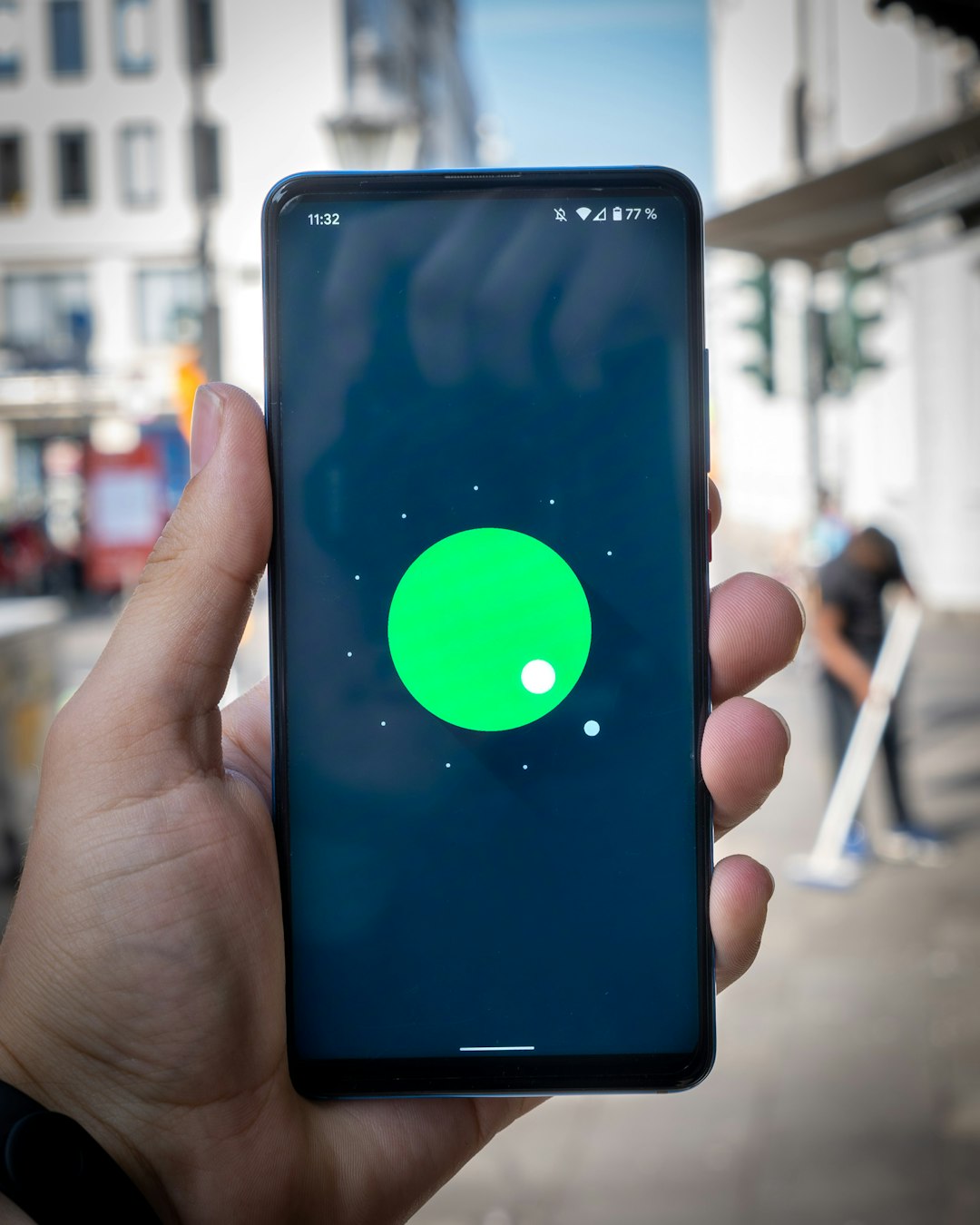Nebraska's Do Not Text Laws strictly prohibit drivers from texting while behind the wheel, aiming to reduce road accidents caused by distraction. Enforced by law enforcement and supported by public campaigns, these laws carry significant fines. However, their effectiveness is challenged by the subtle nature of texting while driving, making direct evidence hard to obtain, especially in busy areas. Innovative strategies and technology are needed to aid law enforcement in combating this issue and enhancing road safety in Nebraska.
In Nebraska, while texting and driving is a recognized danger, law enforcement currently relies on a single violation—sending or reading texts—to issue citations. This approach limits their ability to deter this risky behavior. This article explores the current legal landscape of Do Not Text laws in Nebraska, delves into the challenges of enforcement, and considers potential solutions to enhance road safety, including future implications for the state.
Texting and Driving: The Current Legal Landscape in Nebraska

In Nebraska, texting and driving is a significant concern, with laws in place to deter this dangerous behavior. The state has implemented strict regulations under the Do Not Text Laws Nebraska to address the growing issue of driver distraction. These laws prohibit drivers from sending or reading text messages while behind the wheel, including using any device for communication purposes. Violations can result in fines and penalties, emphasizing the state’s commitment to road safety.
The legal framework aims to reduce accidents caused by driver inattention. Law enforcement officers have the authority to pull over and cite drivers who are caught texting, ensuring compliance with these critical regulations. With ongoing public education campaigns and strict enforcement, Nebraska strives to create a safer driving environment, minimizing risks associated with distracted driving.
The Challenge of Enforcing Do Not Text Laws

Enforcing laws that prohibit texting while driving has been a significant challenge for law enforcement across the country, including Nebraska. The issue lies in the subtle nature of the offense; officers must witness a driver sending or receiving texts to cite them, making it difficult to monitor and catch violators in the act. Unlike other traffic violations, texting requires a level of observation that is often hard to maintain, especially in areas with heavy traffic or where drivers are not immediately visible.
Furthermore, the Do Not Text Laws in Nebraska, like many states, rely on public awareness and adherence rather than constant police presence. While educational campaigns and strict enforcement can deter some drivers, finding effective ways to monitor and catch offenders remains a complex task. This challenge underscores the need for innovative strategies and technological solutions to support law enforcement efforts in combating distracted driving caused by texting.
Potential Solutions and Future Implications for Nebraska's Road Safety







